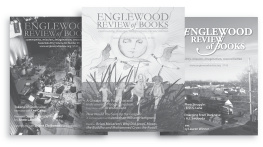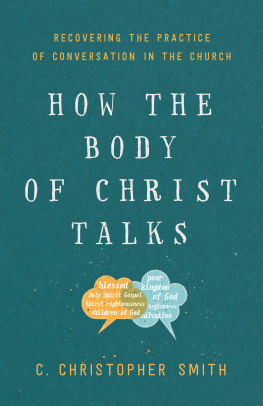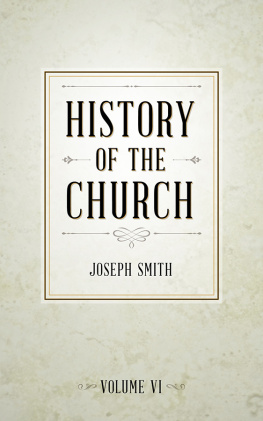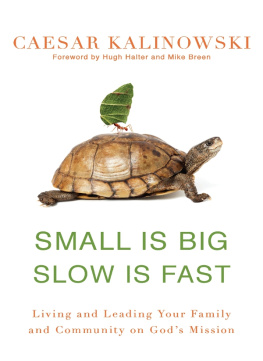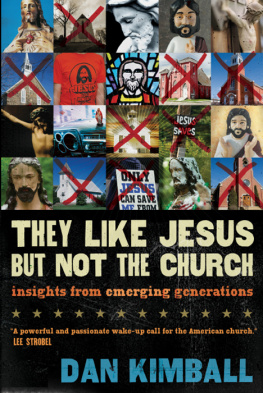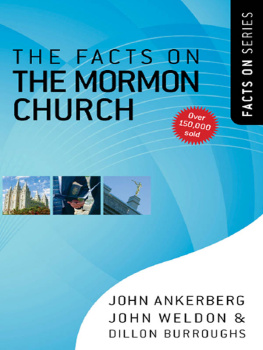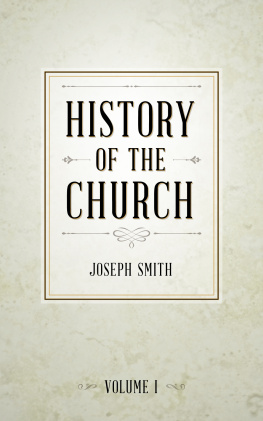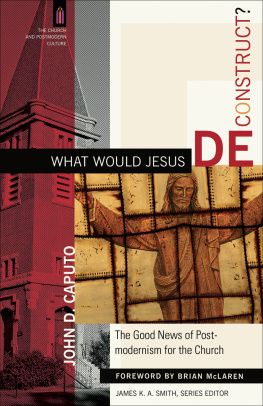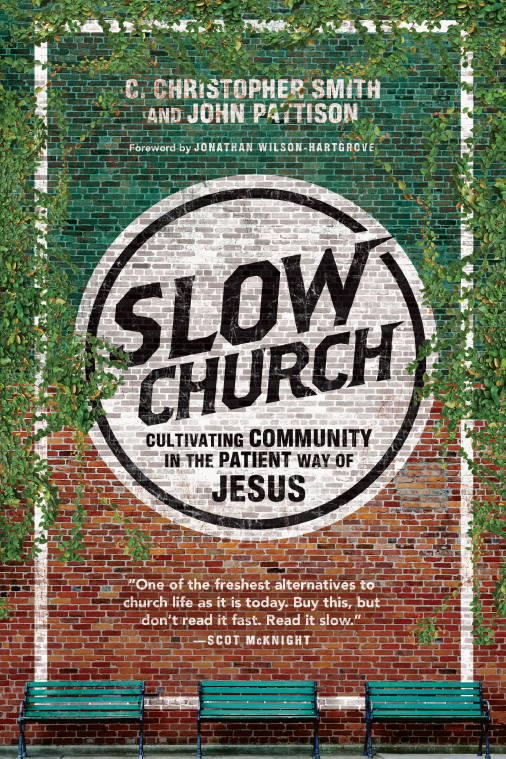For my sisters and brothers at Englewood Christian Church, my slow church community.
C. S.
For Kate, Molly and Juliamy original intentional community.
And for Dave, with gratitude for two decades of the best friendship.
J. P.
Foreword
Not long ago I was talking with a journalist about religious movements and my hope for the future of faith in North America. You know, I said, the movement that grabs my attention is really pretty smalla dozen or so folks at its core, most of them not spectacular. Only one of them is published. A few of them used to have good reason to kill one another. But somehow theyve stayed together. And this new life theyve found with one another is so important to them that they are, to a person, willing to die for it.
A good reporter, ever eager for a good lead, this fellow asked where he could learn more about this movement. Oh, its well known, I said. The best-selling book of all time has four accounts of its originsMatthew, Mark, Luke and John.
Yes, he said matter-of-factly, but where can I find this movement today?
This, it seems to me, is someone asking the right question.
The book youre holding in your hands is not so ambitious as to claim that it holds the key to the future of the church in North America. But Slow Church is a book thats asking the right question. As its authors suggest, this book is an invitation into the long, rich, deep and necessarily slow conversation about what it means to be part of the movement that Jesus started two thousand years ago.
It is, in short, the sort of invitation you should neither ignore nor turn down.
Taste and see, the authors say, echoing the psalmist. Indeed. A banquet has been prepared for you. Pull up a seat. And, while youre at it, text your friend and tell her shes invited too. This is a conversation that only gets richer as new friends come one by one to enjoy.
Theres much I like about this book. Its central metaphor of the welcome table echoes the God Movement from first-century Eucharists down to the twentieth-century lunch counters. I love the way Chris and John pay attention to what God is up to beyond the church in ways that build up the church. ( Slow Church draws on the Slow Food Movement, as well as insights from asset-based community developers, poets and social entrepreneurs.) And Im just tickled by the delight of two amateurs in the truest senseregular folk whose passion inspires them to reach far and wide for resources to guide a conversation about what it means to live faithfully in the way of Jesus.
But what I love most about Slow Church is the way this book talks about faithand invites us to talk about itwith attention to the Word made flesh. There are some beautiful words in this book, which you will enjoy, no doubt. But rather than drawing our attention to their words, Chris and John introduce us to real communities where people like you and me are living into the ways of the Word made flesh.
Much of North American Christianity has celebrated the words of those who proclaim the gospel. But the Bible says, How beautiful are the feet of those who proclaim good news.
Yes, their words are good. But here are two brothers with some beautiful feet.
Listen to them. Talk back. But most of all, follow them as they follow Christ.
Jonathan Wilson-Hartgrove
Epiphany 2014
Introduction
Above all, trust in the slow work of God, our loving vine-dresser.
Pierre Teilhard de Chardin
A tale of two manifestoes:
In February 1909, a thirty-two-year-old Italian writer named Filippo Tommaso Marinetti caused an international stir when he published, in the French newspaper Le Figaro, The Foundation and Manifesto of Futurism.
The Futurist Manifesto exalted the future over the past, violence and aggression over peace and patience, immorality over morality, men over women, the young over the old, the machine over the land, and the known over the unknown. We will sing of great crowds excited by work, by pleasure, and by riot, Marinetti wrote; we will sing of the multicolored, polyphonic tides of revolution in the modern capitals. Museums and libraries were to be demolished. War was the cleansing of the world. And Marinetti declared that the worlds splendor had been enriched by a new beauty: speed. Time and Space died yesterday. We already live in the absolute, because we have created eternal, omnipresent speed.
The Futurist Manifesto was grotesque and fascist, but in many ways it got what it called for. The twentieth century turned out to be the bloodiest, most cacophonous in human history. It was a century in which our eagerness to destroy each other and plunder the planet was outstripped only by the technological advances to do them more completely. Above all, there was speed, which irrevocably reshaped society with fast cars, fast food, fast computers and the fast track.
Eighty years after the publication of the Futurist Manifesto, another international movement with Italian roots was launched in Paris. The Slow Food Manifesto, signed in December 1989 by delegates from fifteen countries, starts: Our century, which began and has developed under the insignia of industrial civilization, first invented the machine and then took it as its life model.
The International Slow Food Movement was formed as an act of resistance against fast life and the homogenizing effects of globalizationwhat Alice Waters, the executive chef and co-creator of Chez Panisse restaurant calls global standardizationand the attendant loss of natural and cultural diversity. The name Slow Food was inspired by a rally against the opening of a McDonalds near the Spanish Steps in Rome. Carlo Petrini, the journalist who cofounded Slow Food, helped organize the demonstration, during which the crowd chanted, We dont want fast food! We want slow food! The weapons of protest that day were bowls of penne pasta.
Today, Slow Food is comprised of 1,300 local chapters and 100,000 members in fifty-three countries. Each chapter is dedicated to protecting local food and wine producers, preserving food traditions, and promoting the pleasures of convivialitya lovely word derived from the Latin word for feast, convivia, literally to live with, that implies an atmosphere of festivity. (Local Slow Food chapters are called convivia. )


